Wide shoes: Why you need them and which brand makes the best
Hey cycling shoe manufacturers, get with the times and give us some room!
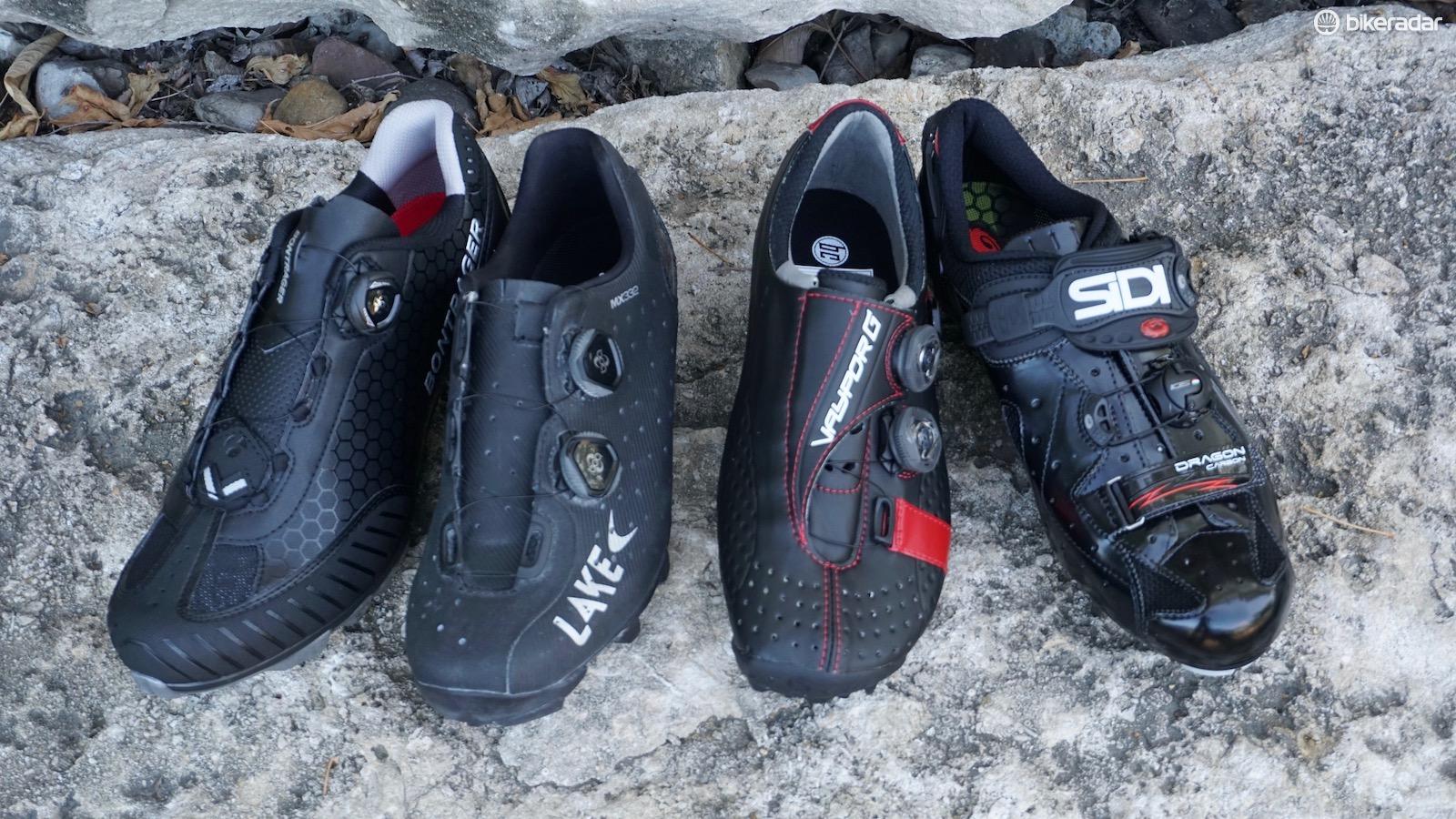
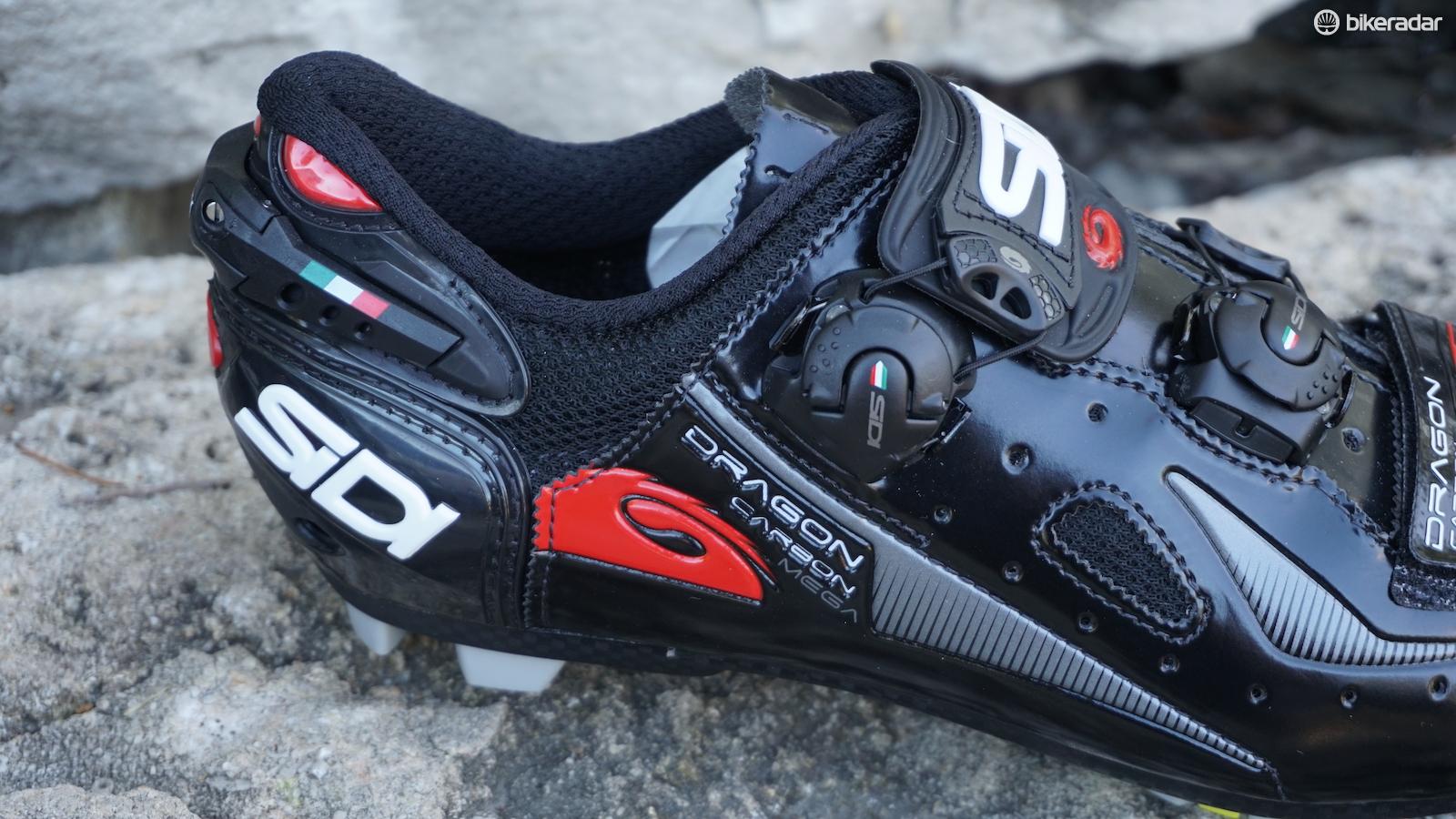
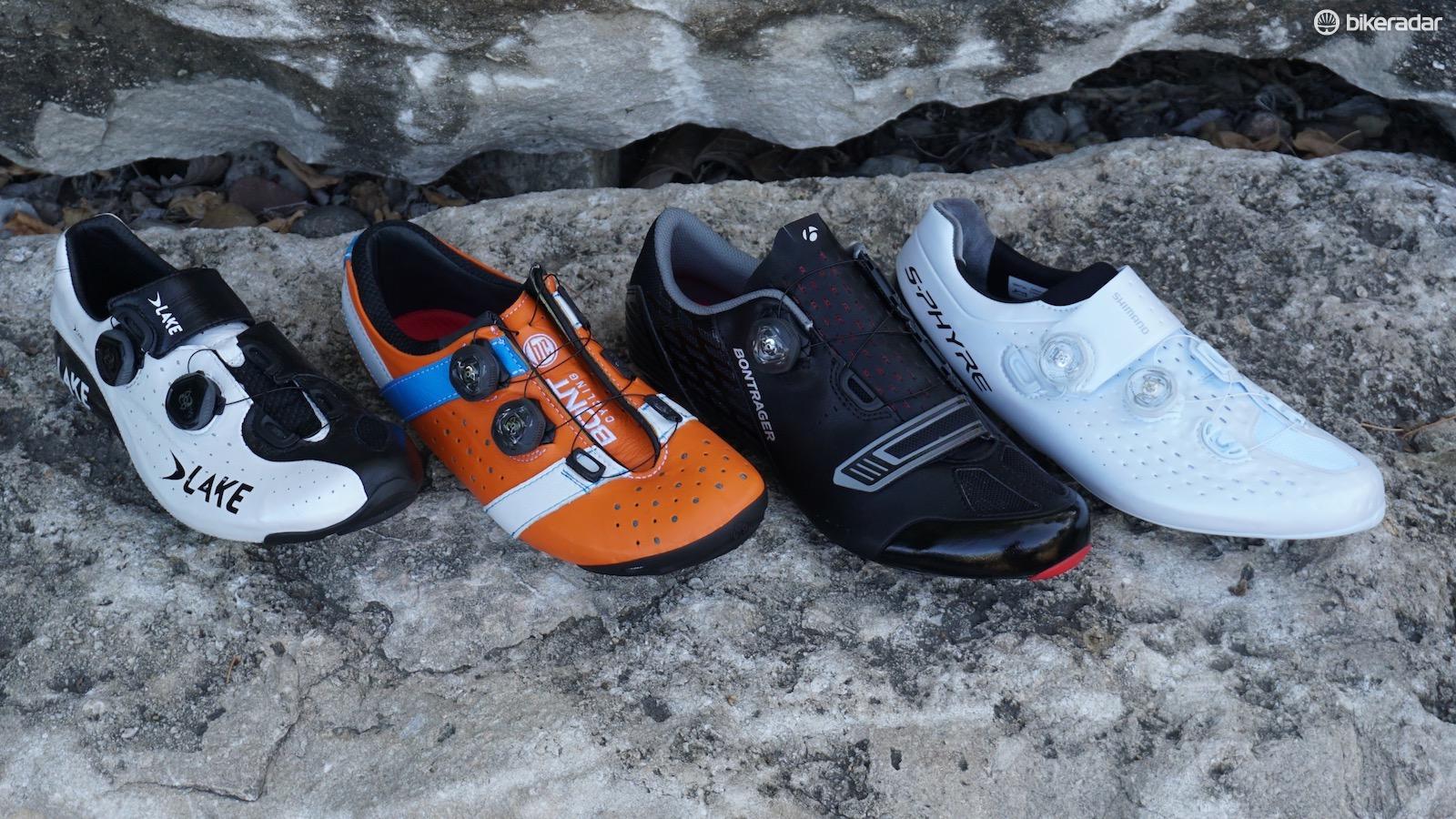
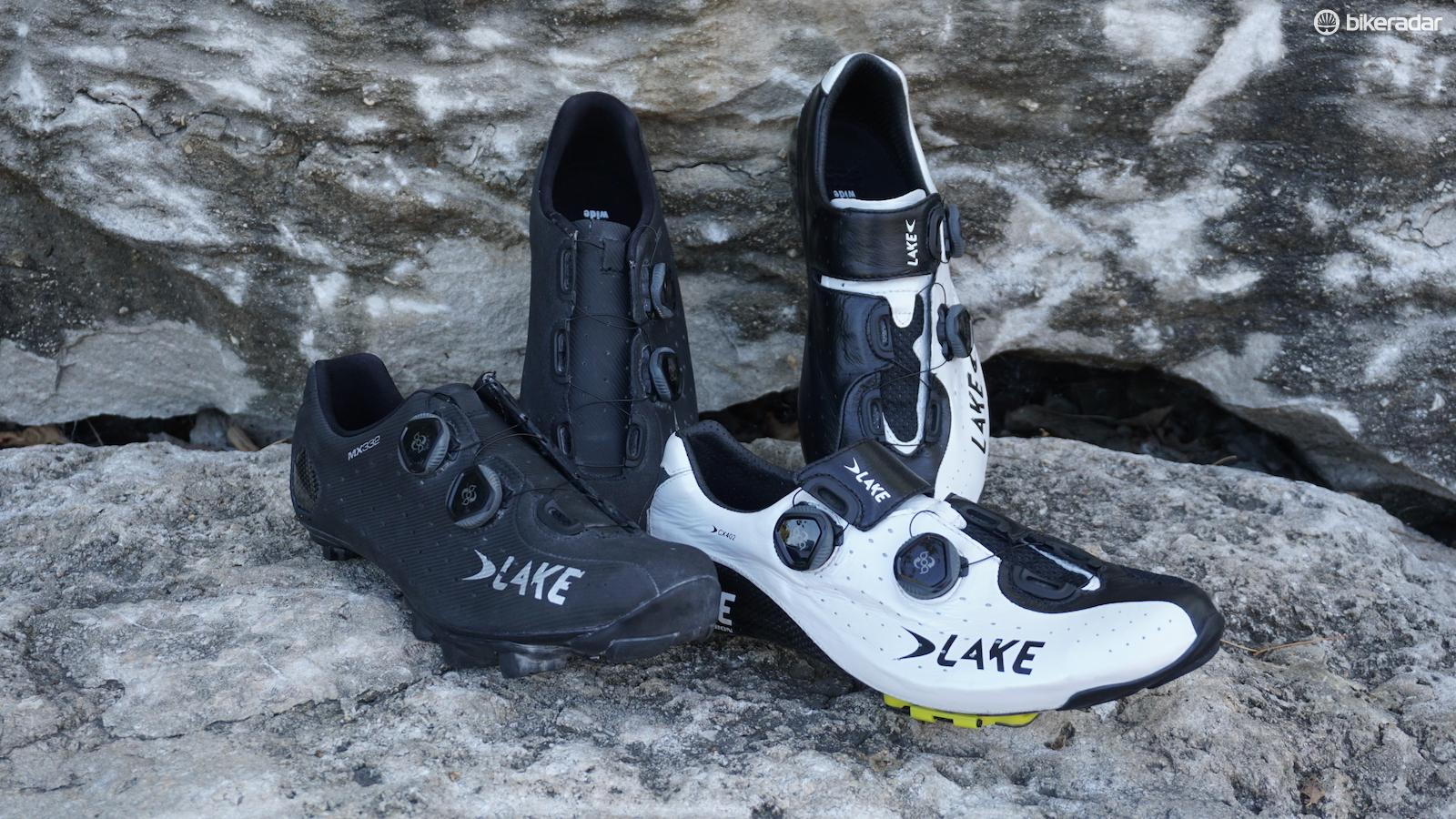
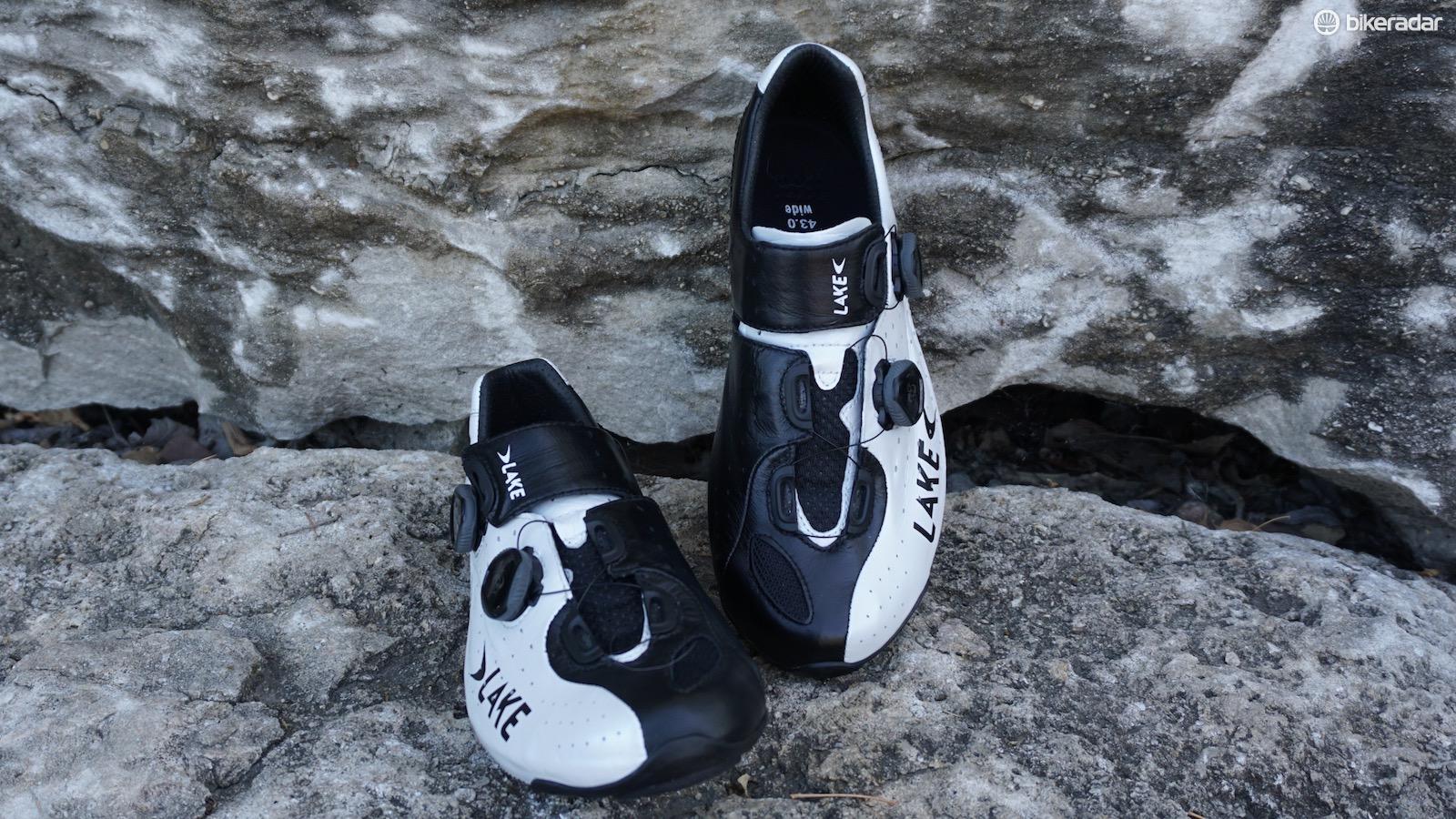
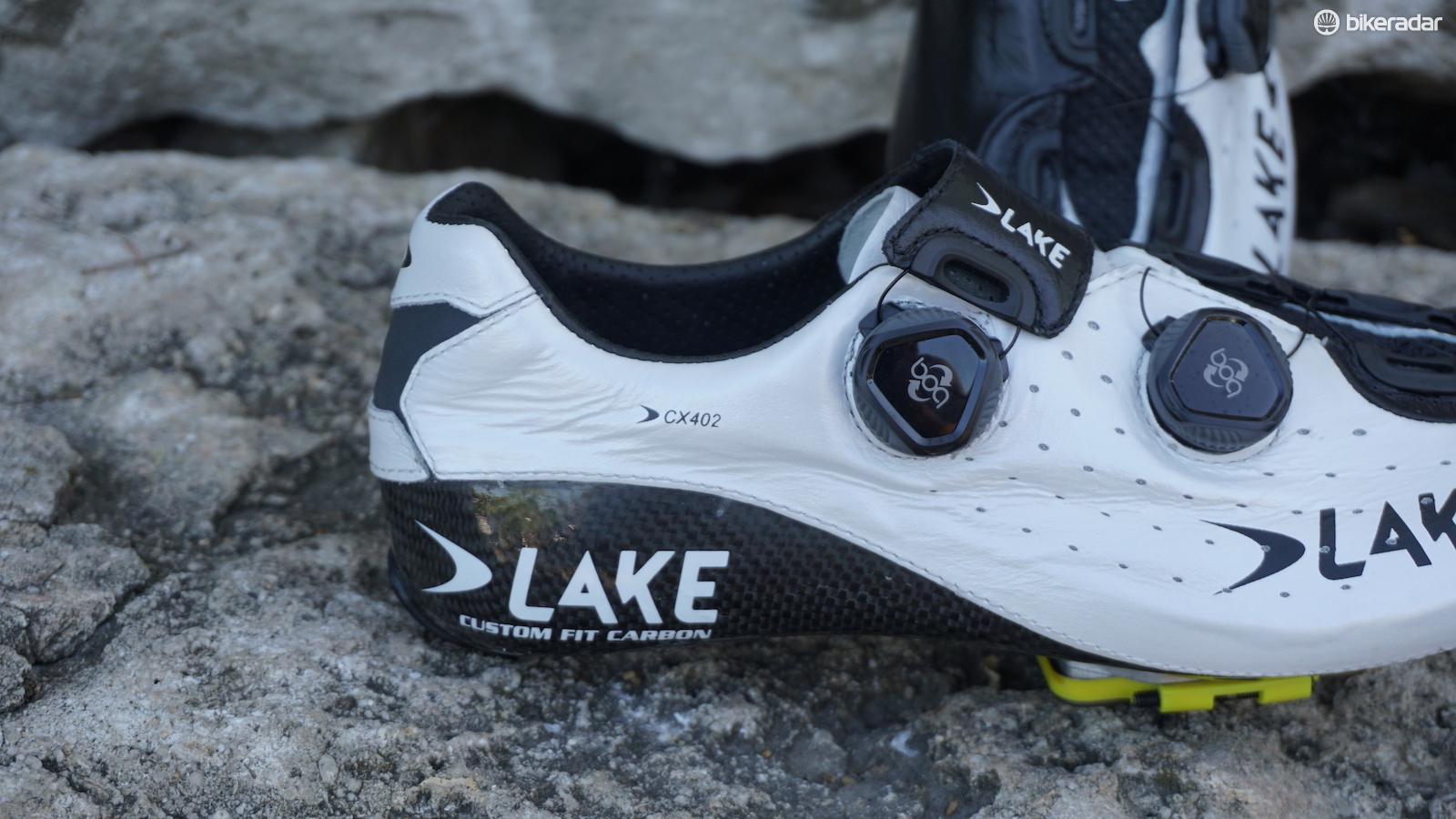
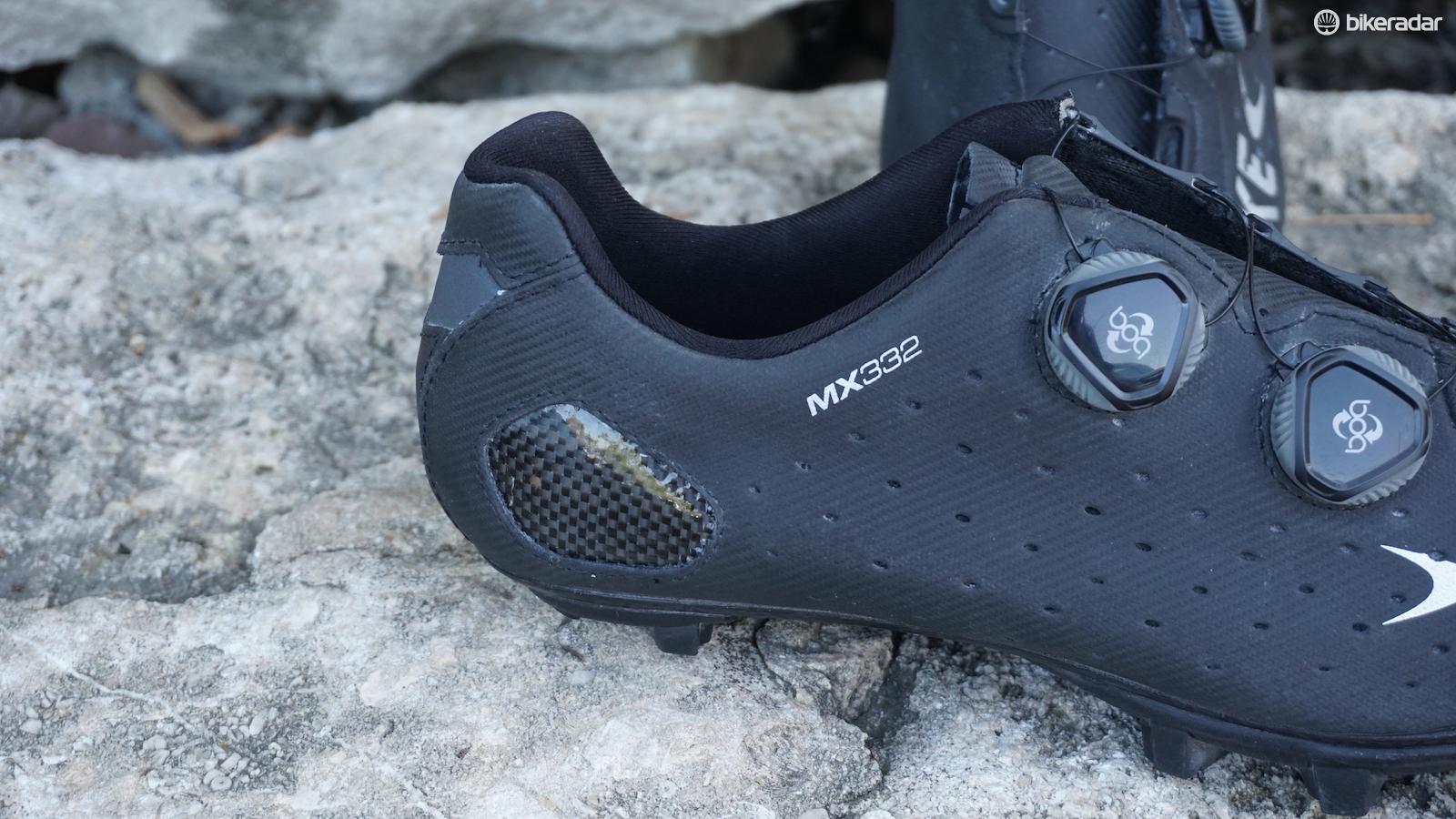
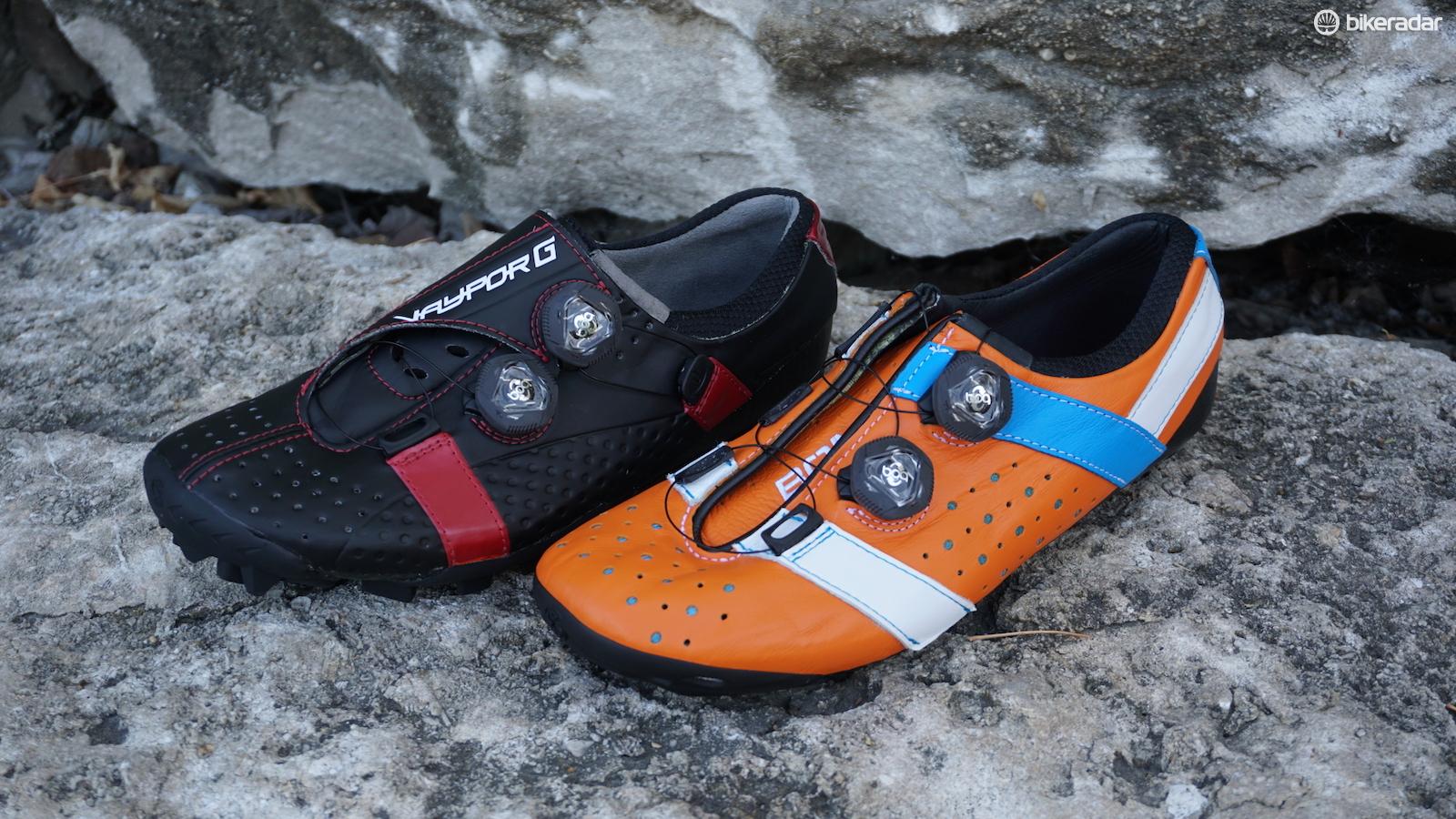
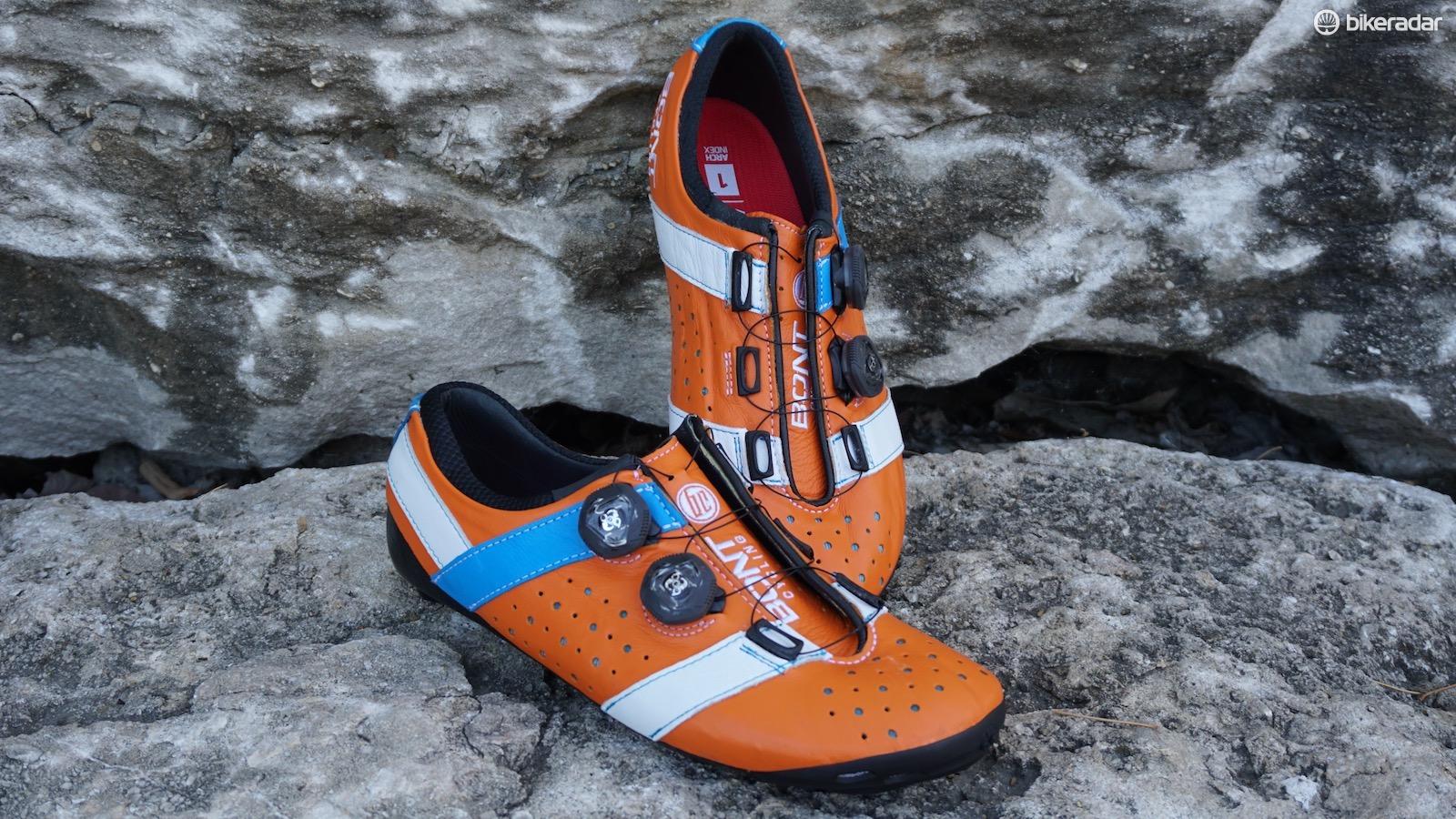
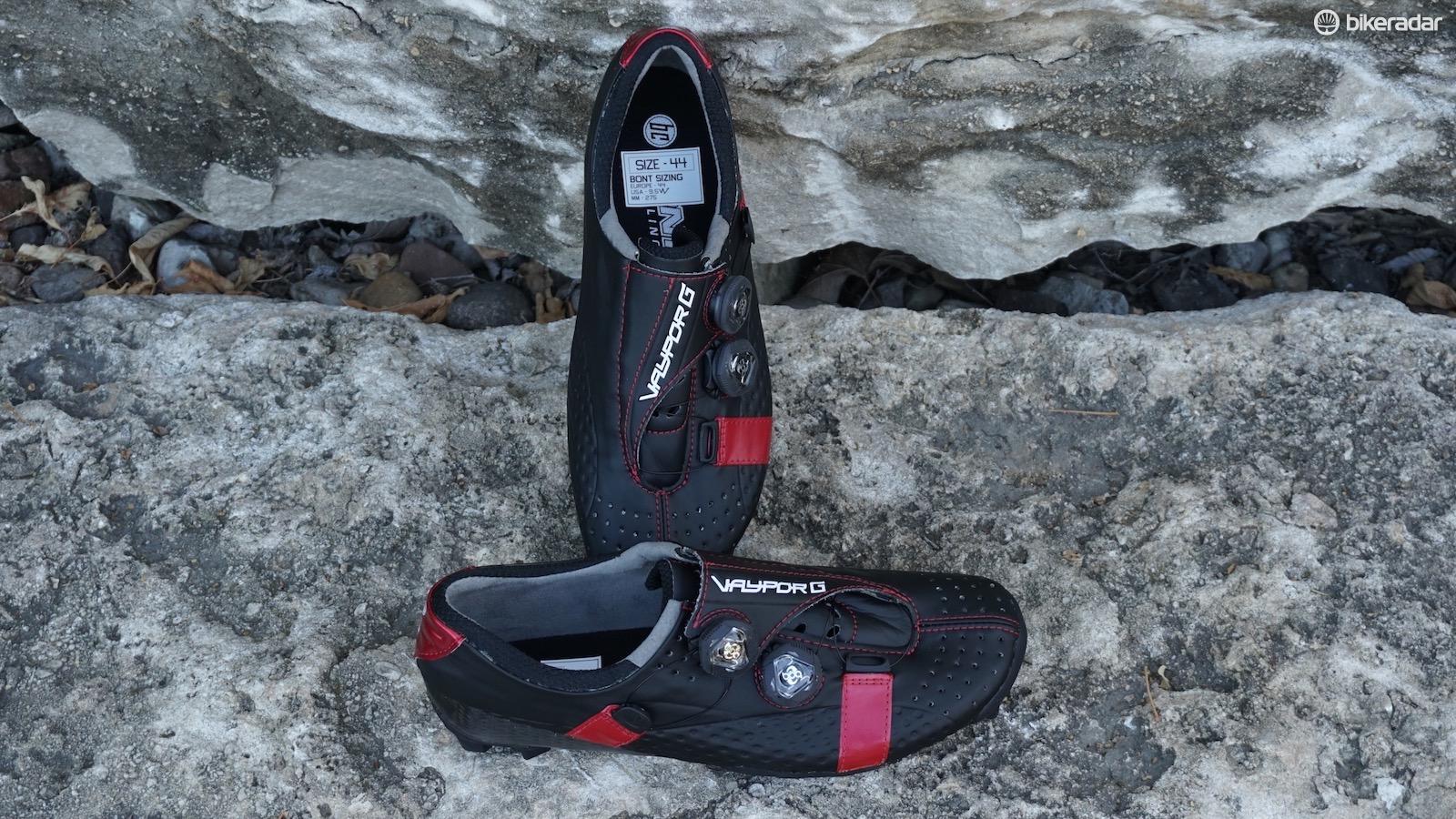
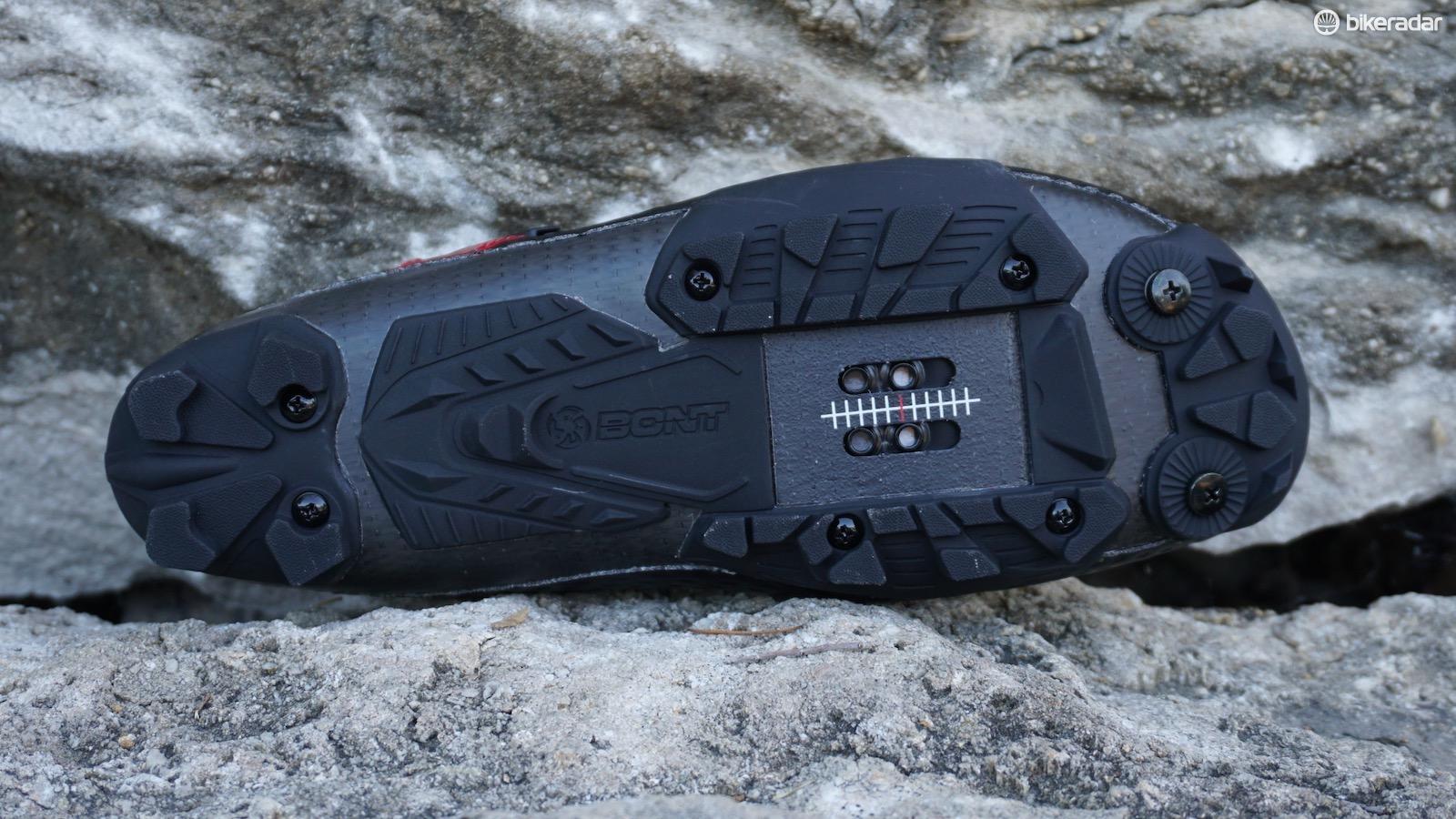
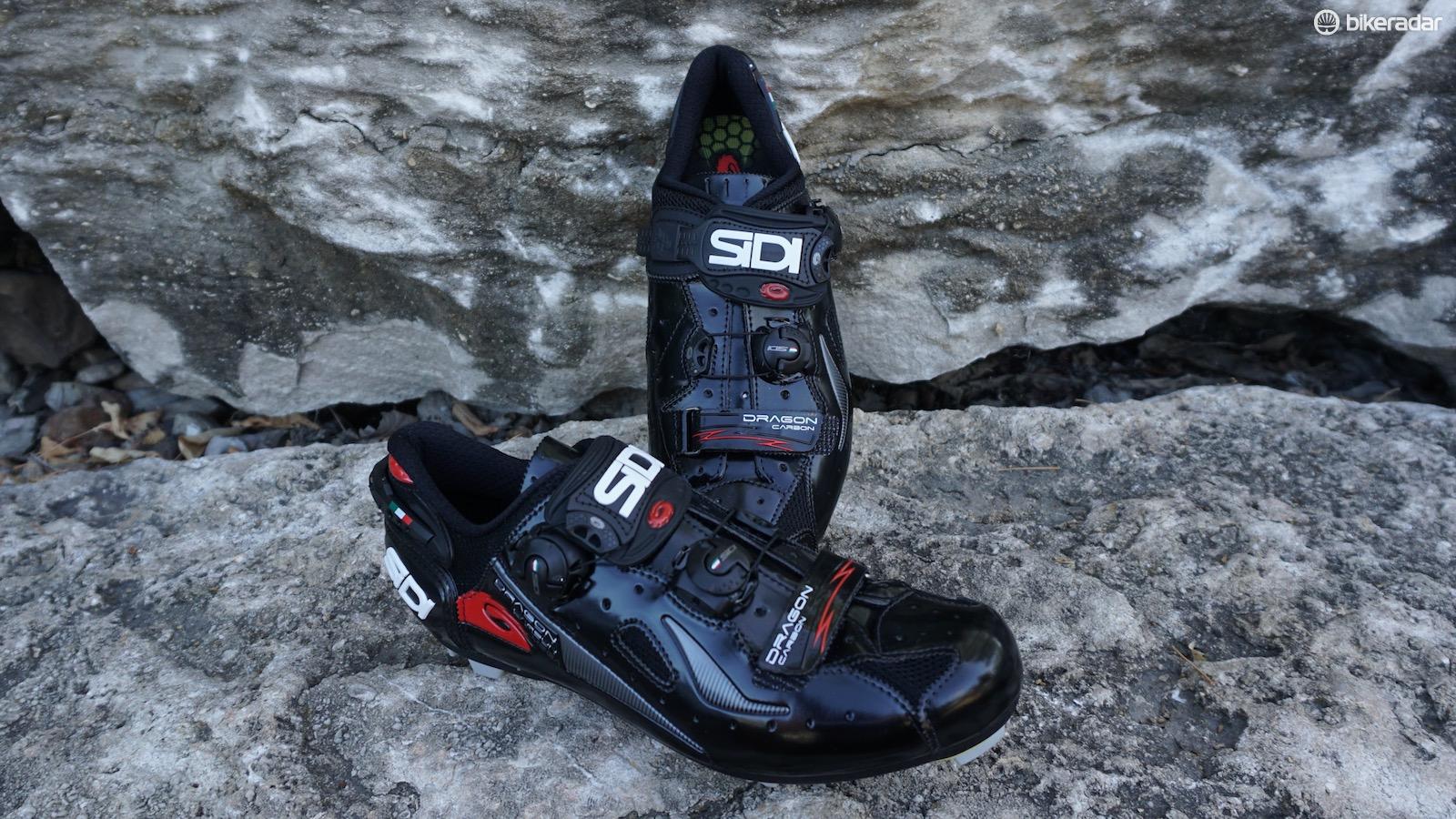
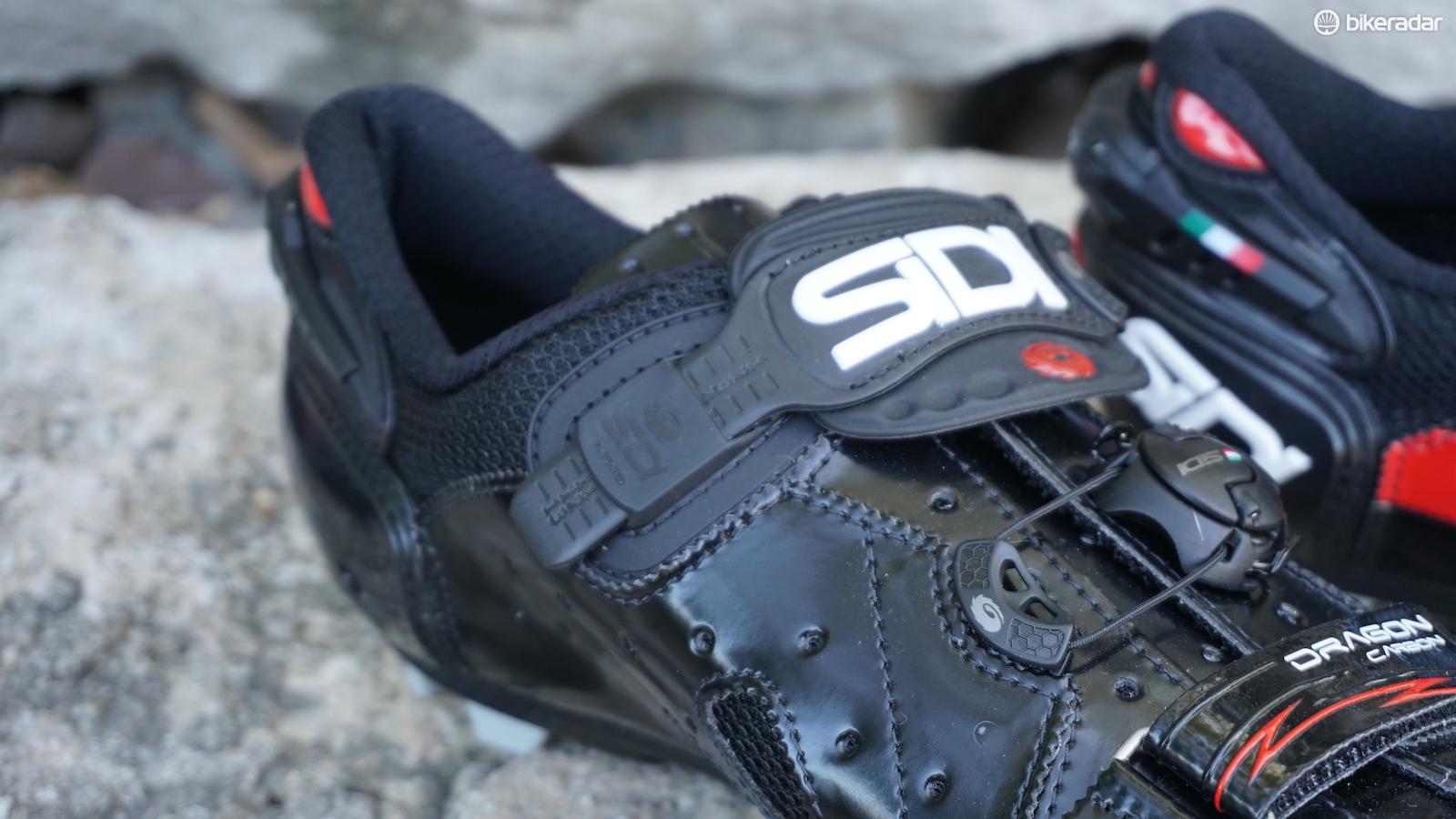
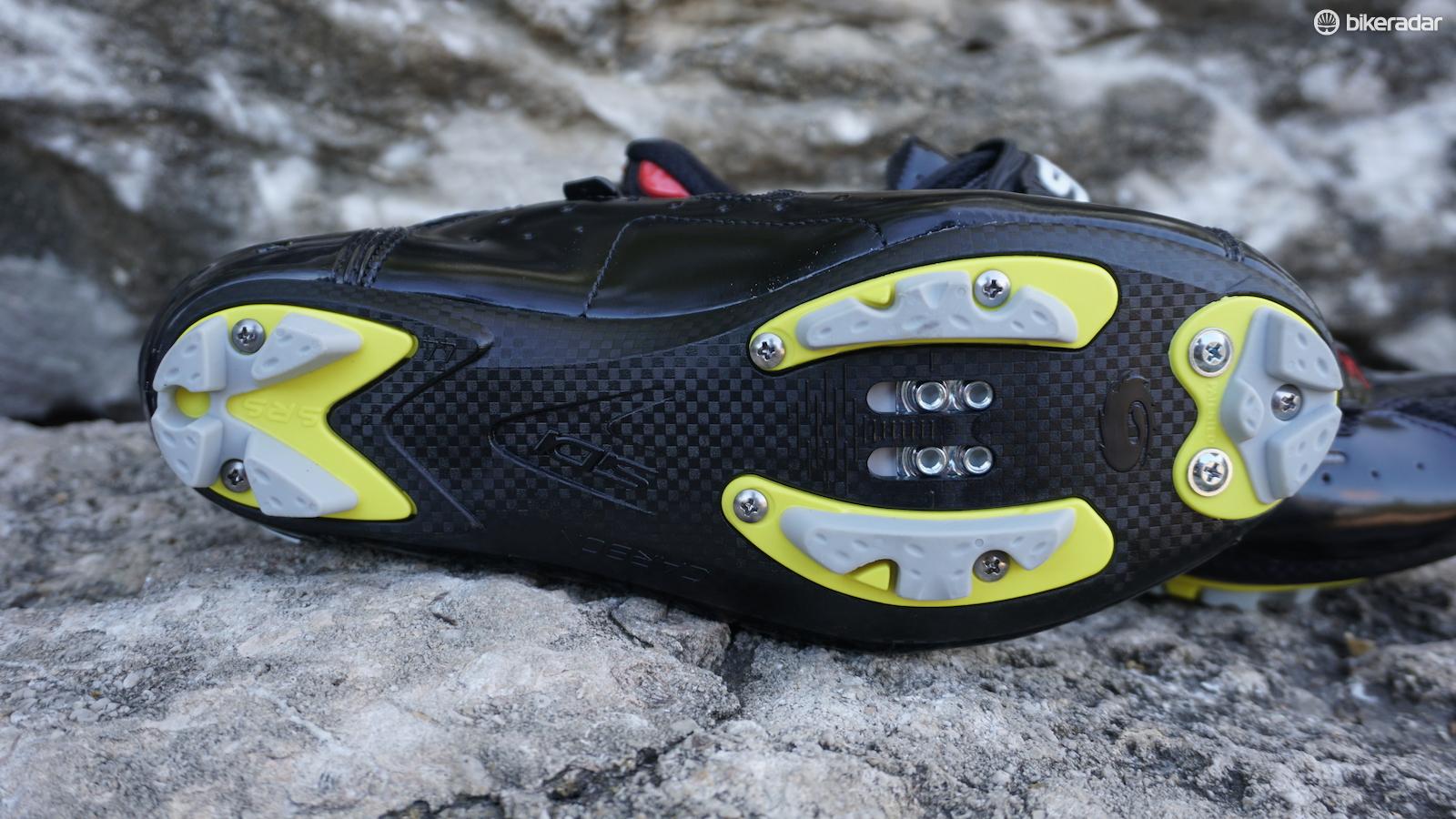
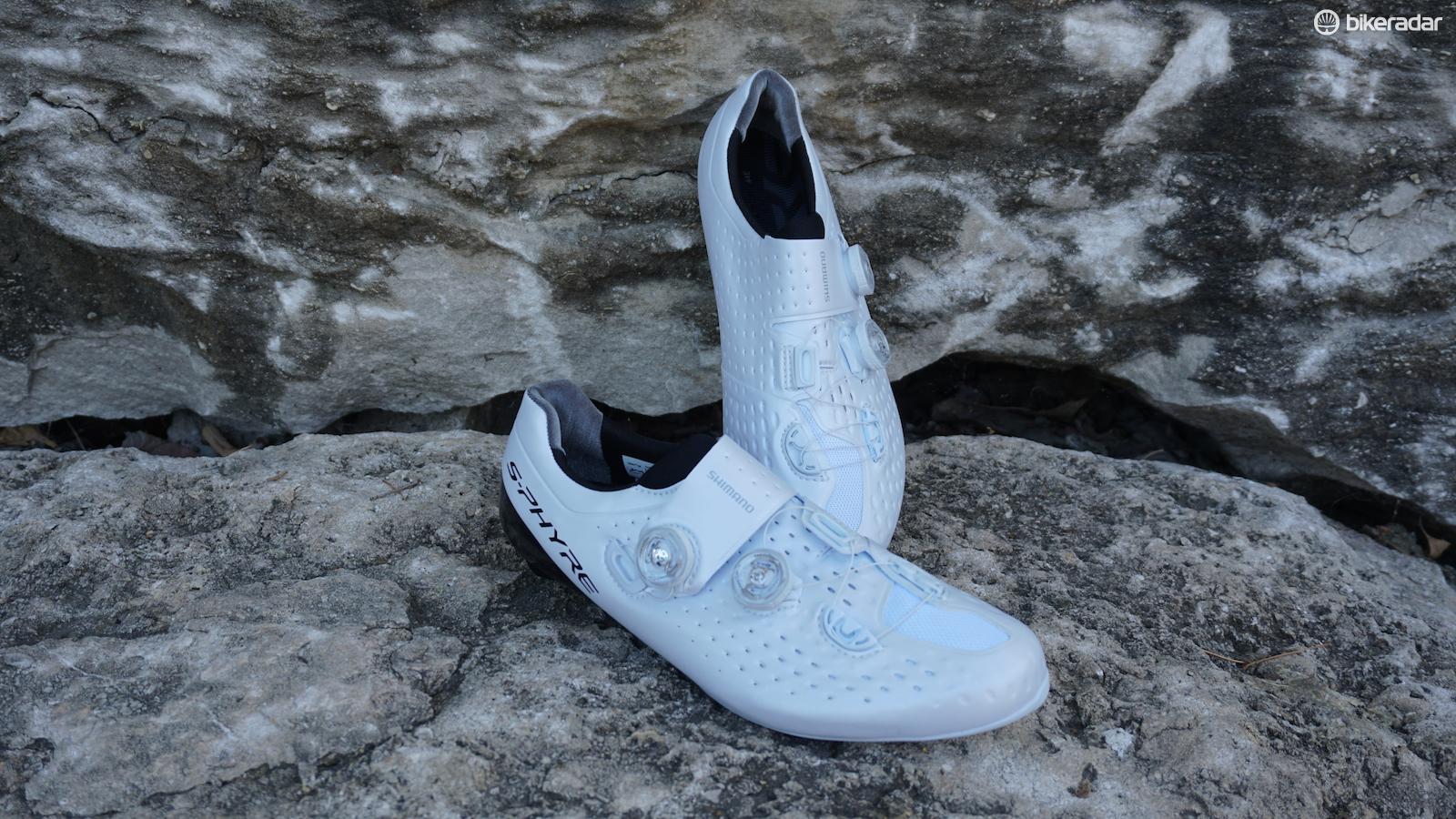
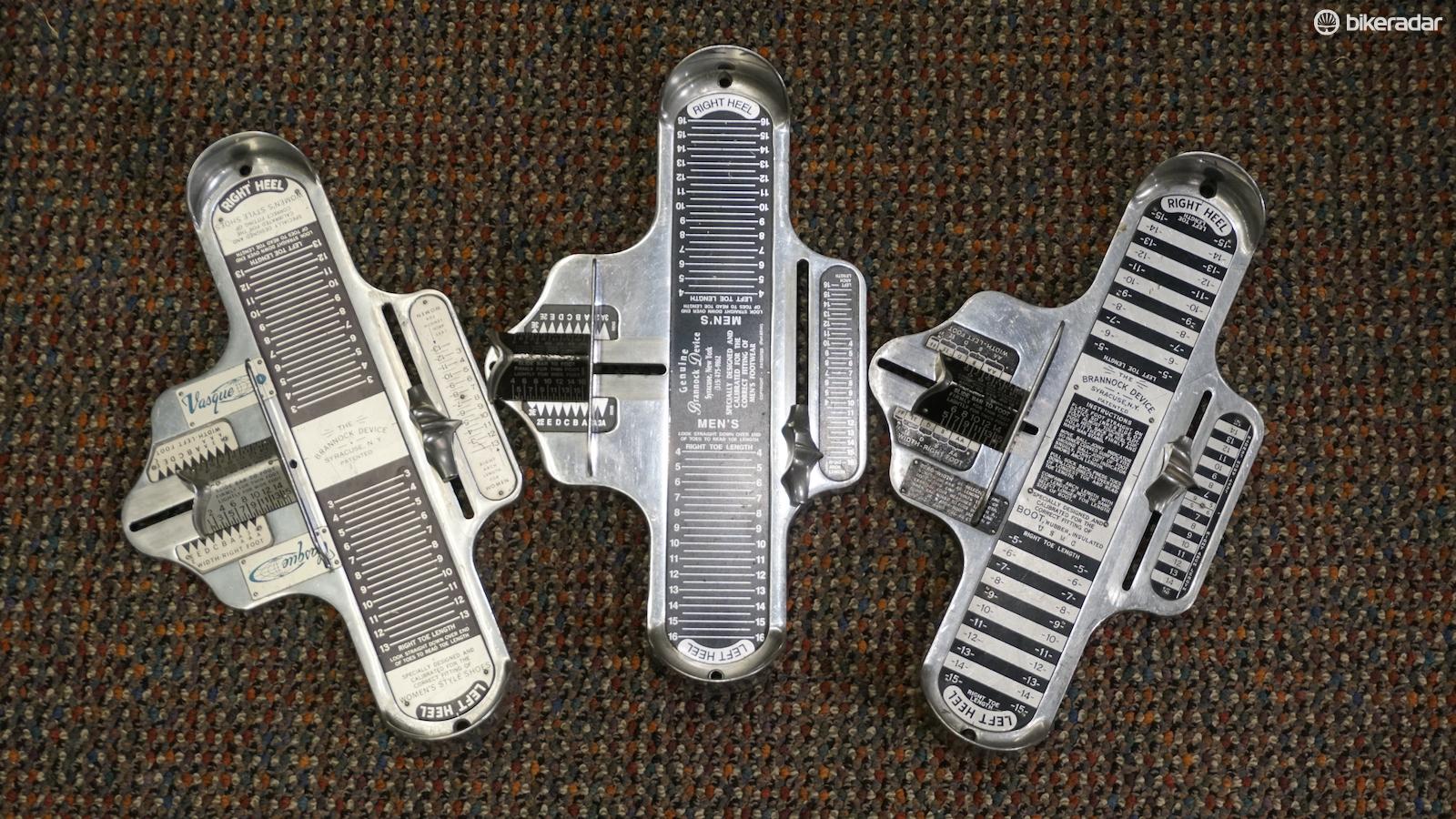
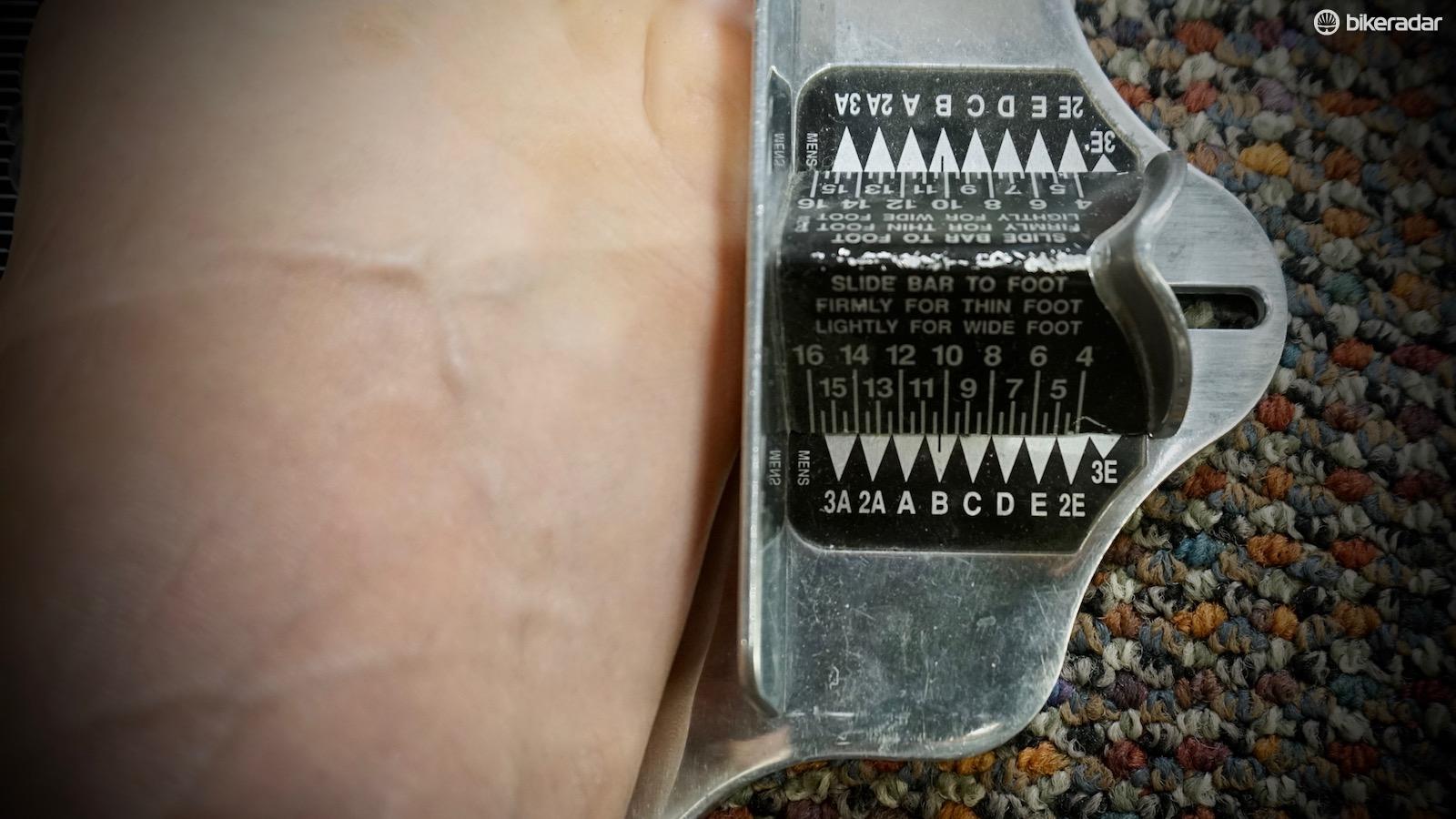
This article first appeared on BikeRadar.
No hesitations here — the following commentary is likely to upset a shoe designer or two. But, as the saying goes, if you want to make an omelet you've got to crack a few eggs. So here goes: cycling shoes are categorically too narrow.
- Best shoes for mountain bikers
- Gallery: The shiniest cycling shoes for next season
- Clipping in: 5 mistakes I made so you don’t have to
Regardless of whether you've ever worn a wide shoe or not, I'm asking you to try something out.
Go to your cycling equipment closet (or locker, cage or cave) and pull out your favorite shoes. Remove the footbed (that's an 'insole' for UK readers) and place it on the ground. Now stand on each of them one foot at a time, with maximum body weight located near the front third of your foot (simulating pressure on the pedals).
How much of your foot hangs over the edge of your footbed?
In my experience as a fitter, more than half of you will find your feet hang over more than you anticipated. In fact, most riders I've fitted could benefit from wide shoes, but have never considered them because they don't wear wide shoes for walking, running, or work.
Furthermore, they don't measure as 'wide' on a Brannock Device (that shoe-sizing thingy with the sliders found at nearly every shoe store in the world).
Get The Leadout Newsletter
The latest race content, interviews, features, reviews and expert buying guides, direct to your inbox!

Brannock devices (a.k.a. 'Those Shoe-Sizing Thingies With The Sliders')
Foot mechanics
Being able to use the right muscles at the right times while we walk is directly influenced by our foot mechanics. There are 26 bones in the foot and almost every one of them is directly acted upon by muscles.
When foot structures aren't functioning properly, we compensate and suffer a loss in the almost fully automated process of walking. And, more than likely, we end up with some sort of overuse injury, but it could manifest itself in the mid-back, or the hip, so the foot is rarely seen as the culprit.
A recent trend in the running world is looking at forefoot restriction. The cycling industry needs to catch up on this trend, because allowing the forefoot room to spread during the force-generating portion of the pedal cycle could mean you are pedaling more effectively.
Going further, one of the negative results of shoes that don't allow natural forefoot movement is a reliance on forefoot manipulation for stability. In other words, if the musculature that naturally stabilizes the ankle is hindered, forefoot wedging and excessive arch support are required to prevent inward collapse of the knee.
Sure, 'blocking' the foot might prevent the knee from falling inward, but it isn't a functional solution and can lead to bigger issues off the bike. Truthfully, this method results in problems off the bike that neither the fitter nor rider understand are related. I've corrected way too many bike fits that see in-shoe solutions as a 'cure-all'.
The solution
Much like Altra has done for the running industry and Birkenstock has done for hippies, a few key cycling brands have started pushing the envelope for improved biomechanical performance, namely Bont and Lake.
Bont and Lake have been focused on bathtub carbon construction, prioritizing forefoot space, and addressing real foot mechanics as a biomechanist or foot specialist would.
Generally speaking, providing room for the bones of the forefoot (metatarsals) to move dynamically under load cycles is the trick to improved foot function.
To address this, Lake and Bont aren't just adding width, they're addressing foot shape, specifically forefoot shape. So, just to be clear, the entire length of the shoe isn't wider, they mainly focus on the forefoot.
Wide vs high-volume
There's a big difference between wide, as Lake and Bont do, and 'extra volume' as virtually every other brand is doing.
Bont and Lake are both creating shoes that embrace forefoot width and expansion, while leaving the rest of the shoe alone. This requires them to make different shoes than the standard versions, which is not cost effective for them, but is a benefit to riders.
Contrarily, most companies take the extra volume route because it allows them to add material to the upper without creating a new lower — this is simply a cost equation. They claim that allowing riders to 'spill over' the edge is a solution.
The question is, are you in need of wide shoes or high-volume shoes?
What I'm encouraging is that the forefoot has room to spread under load. The rest is up to you to determine, depending on how your instep and heel are shaped.
If the brand you're looking at gives you instructions with its sizing chart on how to measure the length and width of your foot (and bases your best size on those metrics), you're looking at a brand that has genuine interest in your foot shape. To my knowledge, only Lake and Bont have made this effort for sizing purposes.

Lake CX402 and Bont Vaypor+ are biomechanically proficient (roomy in the forefoot) — Bontrager Velocis and Shimano S-Phyre are great for the high-volume foot
Lake CX402
Lake has been on my radar for years, but came to the forefront at Sea Otter when it launched the MX241 Endurance shoe, which was developed for riders with particularly challenging feet — calluses, tailor's bunions, etc. It's a pretty awesome design, so have a look if you've got that challenging foot.
I find its CX402 road shoe, in wide, to be the most comfortable shoe I've ever worn, by a long shot. Obviously the price point means it spared no expense, but road shoes last a long time, so it's a worthwhile investment.

Lake has prioritized the foot for many years and its MX332 and CX402 are standard heel width with a more roomy forefoot (in wide, that is)
While most shoe manufacturers shy away from contoured bottoms, Lake embraces the opportunity to truly create structural support knowing its retailers understand feet and how to customize a shoe for optimal performance. They're heat moldable too, so getting that last 5 percent of ideal fit is possible with the 402.

Not only is the Lake CX402 a great option for wider feet, it's the finest shoe I've worn in 20 years of cycling — simply fantastic
Plus, the contoured bottom means I ride them with the factory footbed (saving me $50). Because the bottoms are so shaped (read: high arch), they'll feel invasive to some riders, but please don't let this make you shy away. As a fitter, seeing the result of properly supported arches is immense and your feet will benefit — it's all your other shoes that are the problem!
If the CX402 isn't in your budget, Lake makes several other models at various price-points that all have the same mentality in mind.

The CX402 is heat-moldable from front to back, making it possible to get a perfect feel for your foot
Bont Vaypor+ and Vaypor G

Bont has a history of addressing foot biomechanics — its Vaypor+ and Vaypor G are just two models of its wide offering
With a biomechanical background in speed skating, the folks at Bont know a thing or two about proper foot function and performance. And it is the early pioneer of bathtub construction.
Bont's Vaypor+ and Vaypor G models provided for the test are one of the most biomechanically sound shoes available in terms of forefoot area, arch support, and heel hold.

The Vaypor+ is a very stiff shoe from top to bottom, is heat moldable, and provides eough room to accommodate an aftermarket insert
The Vaypor+ doesn't have the softest upper, but if you're a crit racer, field sprinter, track racer or just love a stiff shoe, they provide an unrivalled foot hold. Meanwhile, the Vaypor G is essentially a road shoe with a MTB sole — thus an amazing gravel shoe.
When it comes to arch height, Bont takes a more conservative route than Lake. It leaves plenty of room for inserts and it's easy to create a perfect fit. The shape is so unique though that you might have to buy a new insert to make sure it fits perfectly, but I'd recommend this anyway.

Bont's Vaypor G is my go-to gravel shoe for creating an incredibly efficient pedaling platform with a semi-walkable outer
Shimano
Shimano provided last year's S-Phyre road shoes in a wide version. It opted for an extra-volume approach, creating a shoe that's wider from toe to heel. This could be a beneficial for riders with a high instep, or those who suffer from excessive pooling of fluid in the feet (edema).
However, this shoe could be a challenging for a truly wide foot, as the wide shoe was almost too narrow in the forefoot to accommodate my standard D width foot. Again, according to a Brannock Device, I do not measure wide, so that means the S-Phyre runs on the 'narrow side of wide'.

The Brannock device is a shoe-industry standard that can help identify your foot's specific feature, but remove your insert from the shoe to see just how your foot really wants to sit in your shoe
The heel on the Shimano shoe is one of the widest of any of the shoes here, which could really speak to some riders.
It is also one of the flattest on test and will almost certainly require an insert of sorts to give good support to the arch. With the ideal insert in place, the uppers are quite supple and the pull from the BOA system is ideally placed, making for an overall high-quality shoe that should snug the foot quite nicely, as long as you have an overall high-volume foot.

The somewhat new S-Phyre shoes from Shimano provide wiggle room for the high-volume foot — use an aftermarket insert and let the upper and BOA system create a near-perfect fit
Sidi
The Italian brand has long been committed to the MEGA range of shoes, catering up to EEE widths. It sent a pair of Dragon 4 Carbon MTB shoes for evaluating fit. MEGA shoes from Sidi cater to the high-volume crowd, as opposed to those seeking more forefoot space.
However, the heel on the Sidi is still fairly narrow, which means they're a bit more adaptable to riders who don't necessarily have a high-volume foot but want to create space for the forefoot.
A taller-than-normal footbed could be of benefit to take up the extra volume if all you require is forefoot space. Sidi also makes the tongue strap adjustable to take up extra strap if your instep isn't very high.

The Dragon 4 go with Sidi's tried and true MEGA wide fit system — ideal for the high-volume foot
The overall construction of the Dragon 4 is awesome. The upper is supple and the lower is comfortably stiff. I would like to see an updated dial system, as the mechanism is inferior to BOA at this point.
A unique feature I find in this shoe is the flex at the toe. It makes running barriers, stairs, and climbs feel like running in a shoe, but the design also keeps the rest of the sole feeling nice and stiff when pedaling.

The proprietary dial system on the Dragon 4 isn't my favorite because it seems to have too many moving parts, but it is highly adjustable and comfortably placed
Sidi has a pretty flat last, so again, an aftermarket insert will likely be required to meet the needs of even the smallest of arches, but the upper will leave a very custom feel to the shoe. Plus, if the Dragon 4 is outside your budget or feature preferences, Sidi offers several models in wide.

The upper strap on the Dragon 4 is adjustable for perfect fit, similar to practically every shoe it makes
Bontrager
Bontrager also supports the difference between wide and high-volume. Its shoe-product managers claim 'some self-identified wide-shoe riders are actually more in need of high volume'. As such, it makes shoes catering to high volume, keeping the last from its standard-width shoes.
It only sees about 15–20 per cent of riders needing a wide shoe, at least in terms of sales to its dealers, so creating the top-shelf models in wide isn't a priority.

The Bontrager Foray and Sidi Dragon 4 are better for high-volume feet — Lake MX332 and Bont Vaypor G are better for a roomy forefoot
Trek (Bontrager) sent the Velocis Road and Foray MTB in its top-level 'wide' models. Again, wide to Bontrager means high-volume, which it claims allows the foot to spill over the sides of the sole.
The rear third of the shoes were a touch more on the narrower side than some of the other brands. Having good heel hold is important for comfort and performance, and heel width has never proven a limiting factor in my experience.
While the last of Bontrager shoes is quite flat, the brand does have a partnership of sorts with well-known shoe insert maker Superfeet. So, creating the perfect fit in its shoes is easily attainable at any Trek dealer with three different options of arch support.
More info to come on the Bontrager/Superfeet insert soon — it's part of an upcoming 'Best Arch Support' feature.
The skinny
We've been sold shoes that prevent natural foot movement for years. The fact that our foot has to 'spill over' the edge of the footbed should be a clear indicator that something is wrong.
But for some reason, shoes are one of those things that are so tied to a particular aesthetic that some riders refuse to put function before form.
The reality is if your foot spills over your footbed when just standing on it, but you don't consider yourself to have a wide foot, there are brands out there making shoes to enhance your ride experience with biomechanical improvements.
And if you think of your foot as wide, is it really wide, or is it just high-volume? There are brands out there catering to your needs as well.
While you may not measure as a wide foot, does your current shoe allow your forefoot to function properly? If it doesn't, consider how that can affect your foot not just when you ride but also what implications this has on your walking and running foot when you're off the bike.